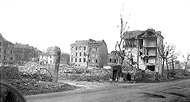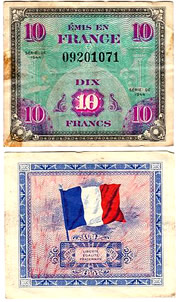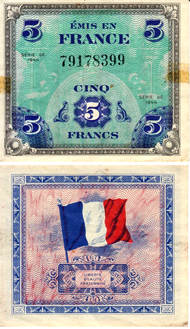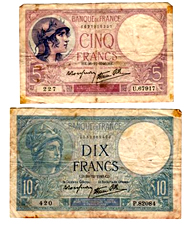Voyage Six
SS Frederic E. Ives - Page 2
I met an English merchant seaman in a bar there. He asked me if I was in the American "merchant fleet" and I said yes, off a Liberty Ship. Turned out this man was the fifth engineer off the Queen Mary, the famous British ocean liner that they had converted to a troop transport during the war. She was so fast she crossed without convoy or escort. Too fast for a sub. We got to talking about our ships. He found it funny that he had more men on duty on a watch in his engine room than we had in our whole crew. He offered to take me aboard her and show me around but I never did go aboard her. Sorry now that I didn't take him up on his invitation.
Seems like they weren't sure what they wanted to do with us. We didn't unload or take on cargo in Hull and they had us sail back to Southend near the mouth of the Thames River where we anchored briefly. The Ives was sent to the Downs, England and next sail to Solent, England on the leeward side of the Isle of Wight across from the estuary leading up to Portsmouth. Finally after nine days moving around the Frederic E. Ives crossed the channel with seventeen other merchant ships and a lone destroyer escort to Le Havre, France on December 10, 1944. (The British ship Empire Cutlass was torpedoed off Le Havre by the U-978 on November 21, 1944. )
Buddy Jordan, according to his daughter, remembered being shunted around the Channel and feeling like a "stationary target" in a variety of anchorages "waiting to be torpedoed". The Armed Guard Report says "5 days lost while waiting to receive orders to proceed to La Havre" and "5 days lost while awaiting dock space in La Havre where they unloaded 400 tons so that she could proceed to Rouen France to complete discharging cargo".
I remembered when we sailed into La Havre we had to pass close by a recently sunk Liberty Ship. They must have just managed to get her out of the main channel. We we looking down at her bridge and forecastle and poop deck sticking up out of the water as we pass close by. Her main deck was awash. ( The Liberty SS Lee S. Overman was mined at entrance to Le Harve on 11 November, 1944 ). We also rammed a half submerged barge. It knocked a hole in our hull and the Seabees had to replace a couple of the plates. We were lucky because they told us that the sunken barge was still half loaded with ammunition and we had a cargo of several thousand tons of high explosives. That collision could have resulted in quite a fireworks display. ( Lt. Conrad reported "1 day lost to repair damage of accident which occurred at La Havre, France. " ) They had bombed the hell out of the port of Le Havre and it was a real mess.
They told us before we docked that there were some rough bars in La Havre and some restricted places we should stay away from, so of course those were the first places that most of the crew headed for. I didn't. I was drinking wine in this little cafe by myself and this guy came over to me. He was very handsome and dressed well - dark suit and white shirt and tie and had a dark overcoat with fur collar and hat and gloves. He spoke with a heavy accent, which didn't sound French to me. He sounded German. He asked me if I had any U.S. currency. He wanted to buy dollars and he offered me Francs at ten to one over the exchange rate. We were only supposed to use occupation currency when we were ashore. The stuff didn't look like dollars but was put out by the military and had some printing on the bills different than on regular money. I had a bunch of the stuff and now I wished that I had kept some of it.
I told this guy that we weren't supposed to exchange dollars, that it was against the law. You could get into a lot of trouble if they caught you dealing on the black market. He kept trying to persuade me and I finally got mad and told him to clear off and leave me alone. I was getting very suspicious of him. I didn't know if he was a German deserter or an undercover U.S. Military agent or what. Something about him just wasn't right .




